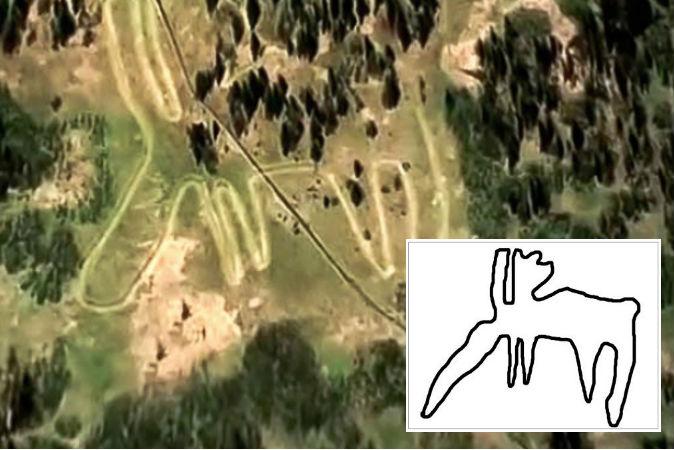Remarkable new details about a giant moose geoglyph have been released as archaeologists confirm it is the world’s oldest known geoglyph.
From The Siberian Times: Children were involved in the construction of a geoglyph in the Ural mountain range in western Russia. The geoglyph is a giant moose outlined with stones and it was discovered in images taken from space. It predates Peru’s famous geoglyphs, the Nazca Lines, by thousands of years.
But archaeologists still don’t know what its meaning or purpose is and which ancient civilization made it; archaeological traces found so far in the area do not show a culture with sufficient refinement to have made the geoglyph.
Was it made to impress the gods or did it have some other purpose?
Experts have been examining the giant moose since it was discovered in 2011 and have now confirmed it is the world’s oldest geoglyph. Two years ago, researchers had estimated the site could date back as far as 6,000 B.C. based on the style of the stone-working, known as lithic chipping, but after carbon dating it is now thought to date from between 3,000 and 4,000 B.C. Located near Lake Zyuratkul in the Ural mountains, it stretches about 275 meters (900 feet) and depicts an animal with four legs, antlers, and a long muzzle.





